Namibia is a country in southwestern Africa that borders Angola, Zambia, Botswana, and South Africa. It has an area of more than 824.000 km2 and a population of 2,5 million. In addition, it is home to the oldest desert in the world, the Namib desert, which is known to have existed in the Tertiary Era. To travel to Namibia, it must be taken into account that approximately 70% of the trip is a cultural and scenic experience. Normally it is added to the Botswana safaris, but this beautiful country does not stand out for safaris, but rather for the rich landscape of its different types of desert and for its ethnic culture.
Fascinating places to visit in Namibia
- Namib–Naukluft
The Namib-Naukluft National Park is one of the essential and most visited parks in Namibia, declared a World Heritage Site by UNESCO in 1979. In this sea of dunes, it is worth highlighting “Sossusvlei” and “Dead Vlei”. These two places are salt flats that have been created between the dunes, which provides an incredible scenic experience. For the more athletic there is the option of exploring and climbing the surrounding dunes.
Within this vast natural park are the Naukluft Mountains. The landscape changes completely, we find arid mountains cut by steep gorges. In this area, mostly categorized as savannah, we find mountain zebras, oryxes, kudus, springboks and even leopards. For the more adventurous there is the option of hiking for a day without the need for a permit or excursions with free camping, but already with the need to request a permit because free camping is not allowed in the country.
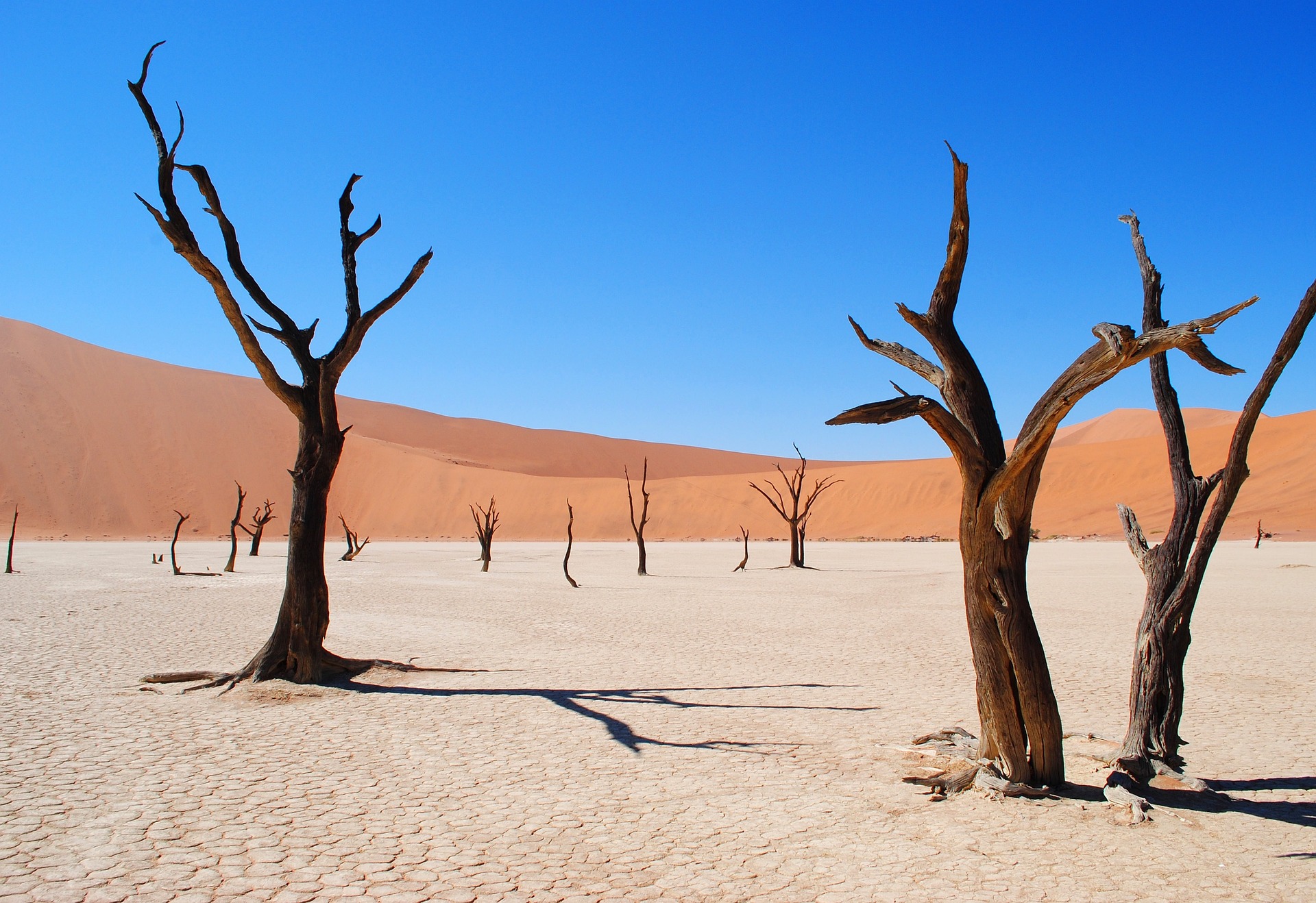
- etosha national park
This national park is located in the north of the country and is the ideal place for safaris in Namibia. The park surrounds the massive Etosha salt pan and is home to an abundance of wildlife. In this national park we find elephants, leopards, lions, zebras, rhinos (one of the places with the most specimens in Africa), antelopes, flamingos and many other fascinating species. The safaris are quite easy and accessible to almost everyone, also note that you can do self-drive or with a guide. We highlight 4 entrances to the park and only 5 accommodations inside, all the others are outside.
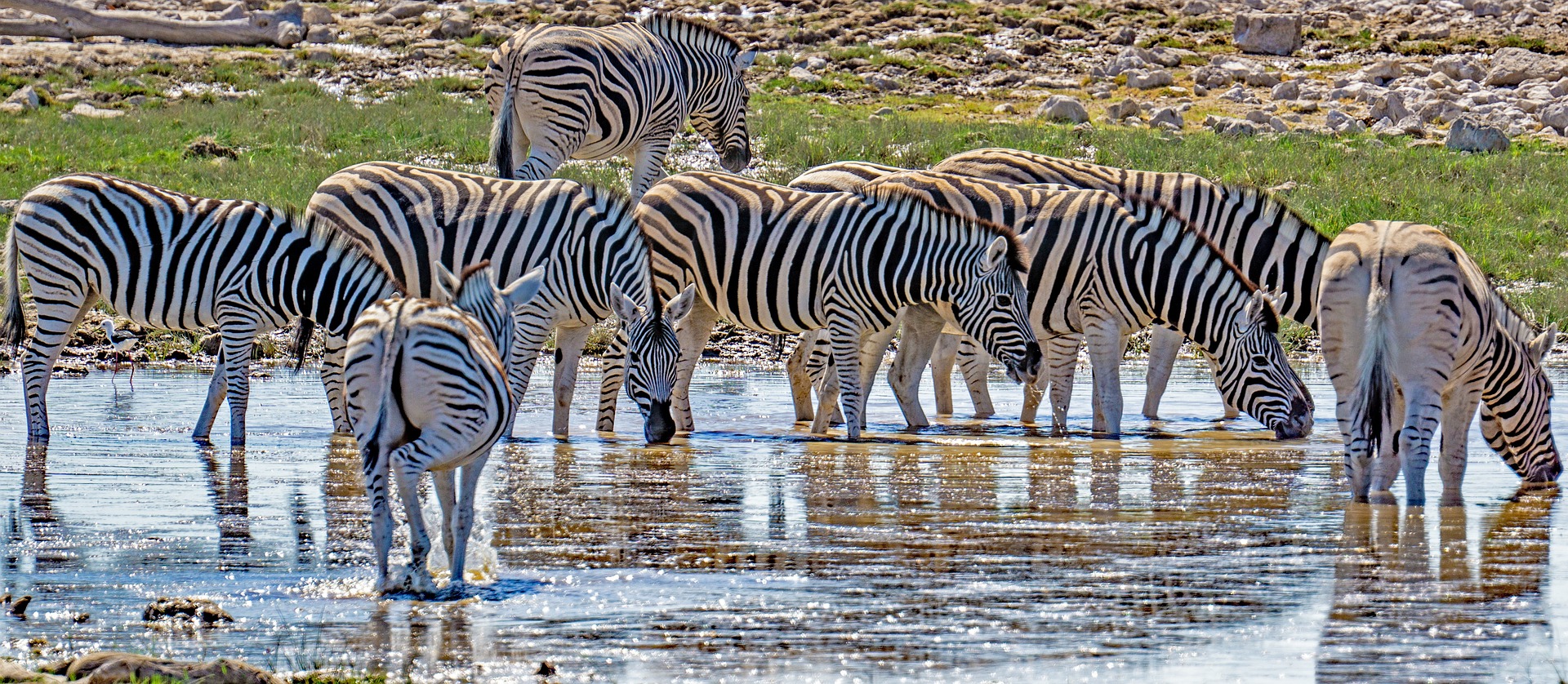
- Swakopmund:
This city founded by Germans in 1892 and stands out for its classic German architecture. Walking through the city is a jewel to observe that classic colonial architecture, but mainly highlight the promenade and the pier. The city was created so that the German colony would have direct access to the Atlantic because the only port in the area was under British control. With the loss of the colony in the First World War, the city lost commercial weight and today is mainly fed by German and South African tourism. It is a very charming place and a good place to rest on the way between more “wild and remote” points.
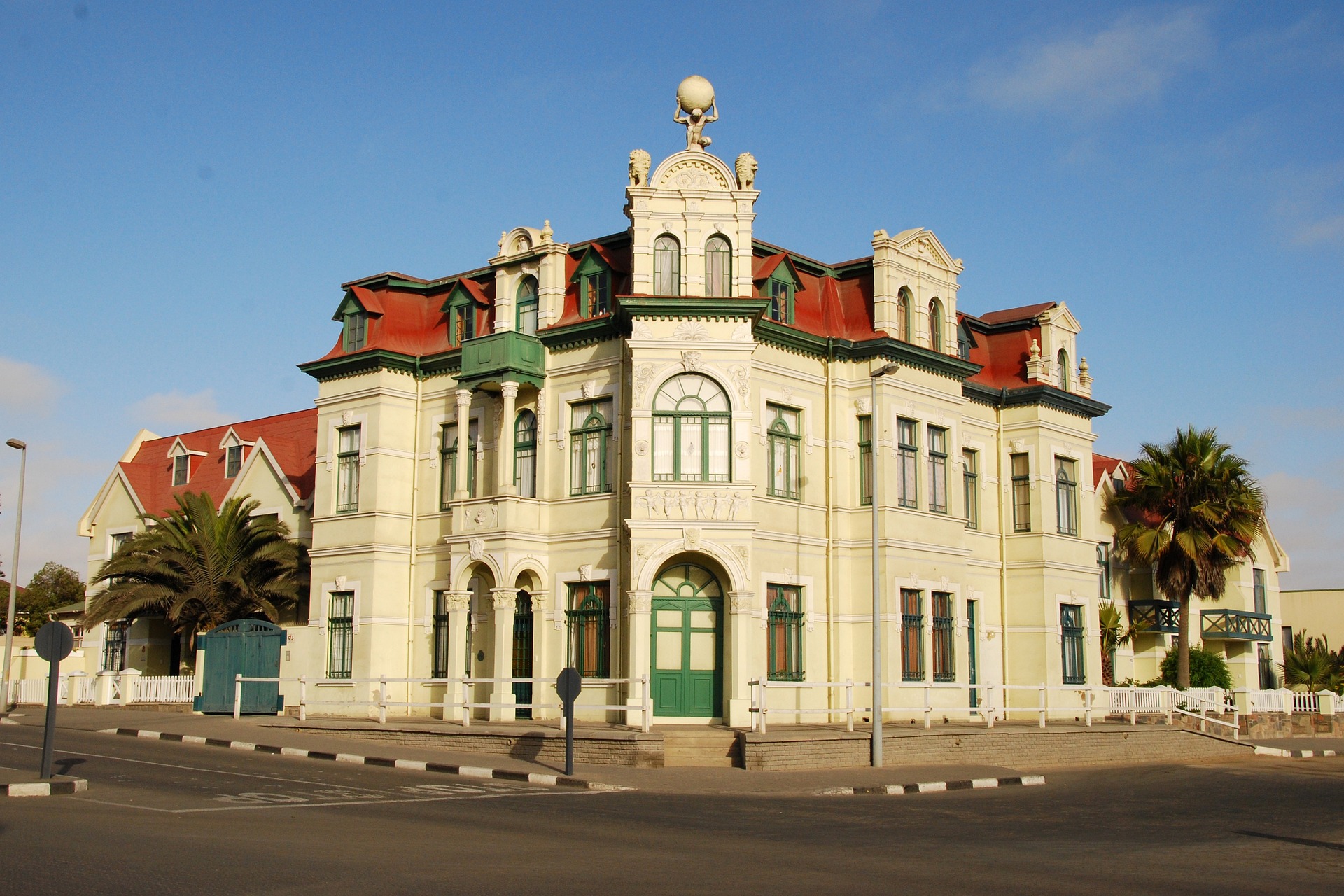
- Skeleton Coast
It is a national park that covers about a third of the Namibian coastline. This unusual place is characterized by destruction in its landscape, the coast is littered with the skeletons of ships that have been wrecked. This number of shipwrecks is due to the dense fog that forms in this area of the Atlantic. The park not only stands out for those "skeletons" of boats, there is an incredible marine and terrestrial fauna. Here we find a large colony of Cape sea lions, whales, orcas, dolphins, giraffes, zebras, elephants and much more. It is a scenically beautiful place where the ocean and the desert meet, there are endless opportunities to take that great photo of the trip.
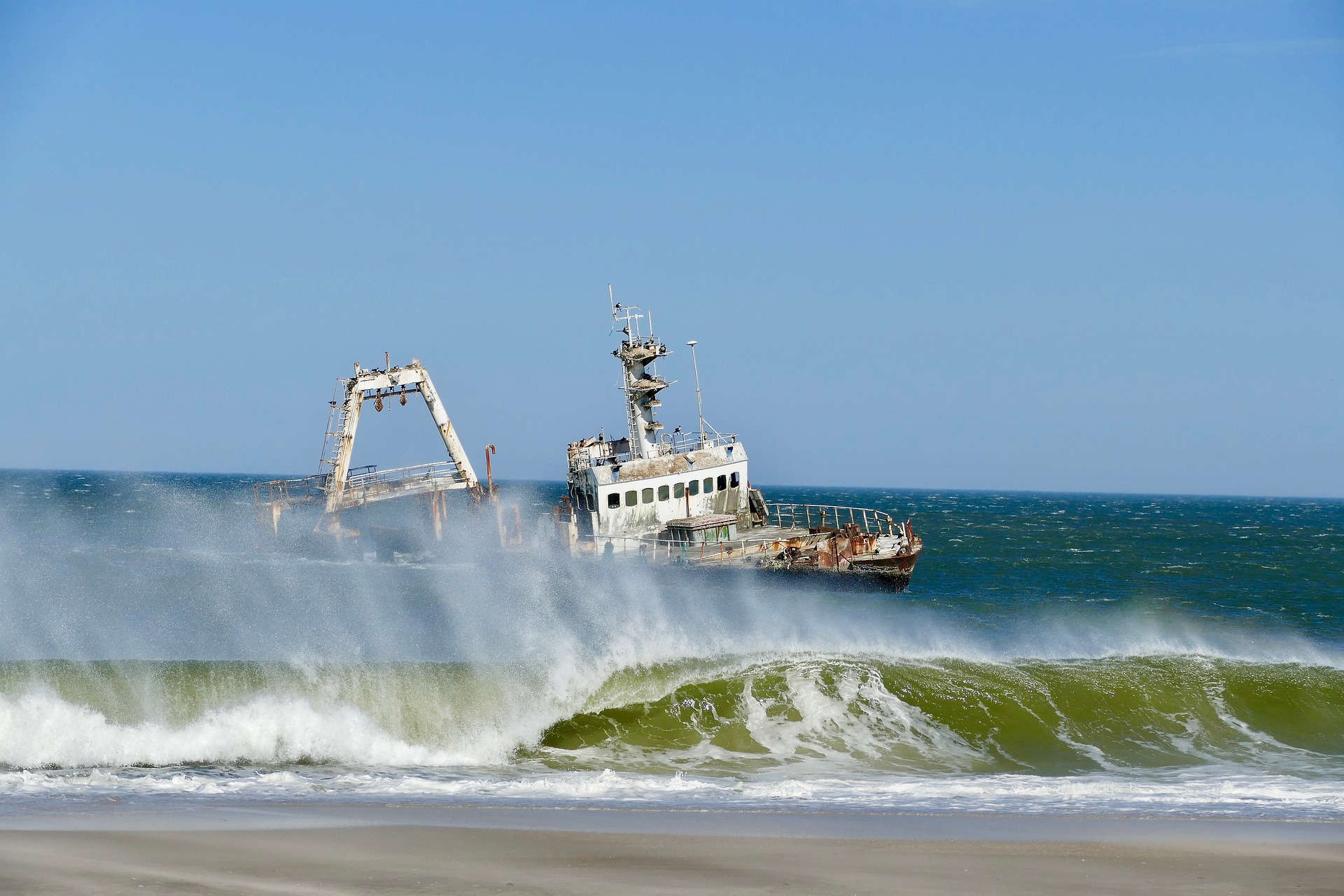
- Damaraland Region
Damaraland is a vast region considered to be one of the most picturesque in the country. Prehistoric rivers, deep ravines and animals adapted to the desert such as the famous desert elephants circulate here. In addition to having the opportunity to see these exclusive elephants, landscape and culturally I would highlight three places.
- Twyfelfontein: it is a rocky area with more than 2.000 rock groups declared a World Heritage Site by UNESCO in 2007. This exclusive place offers the opportunity to experience first-hand the first settlements of the beginning of humanity in Africa.
- Massif de las Brandberg: "The mountain of fire" is one of the favorite places for climbers and photography enthusiasts, because at sunset, a special phenomenon is created where, under its shadow, it seems that the tip of the massif is burning.
- Spitzkoppe: This ancient granite rock volcano is considered one of the most recognizable landforms in the country. This volcano rises more than 1.700 meters above the plain and is a charming place for its landscape and for lovers of climbing.
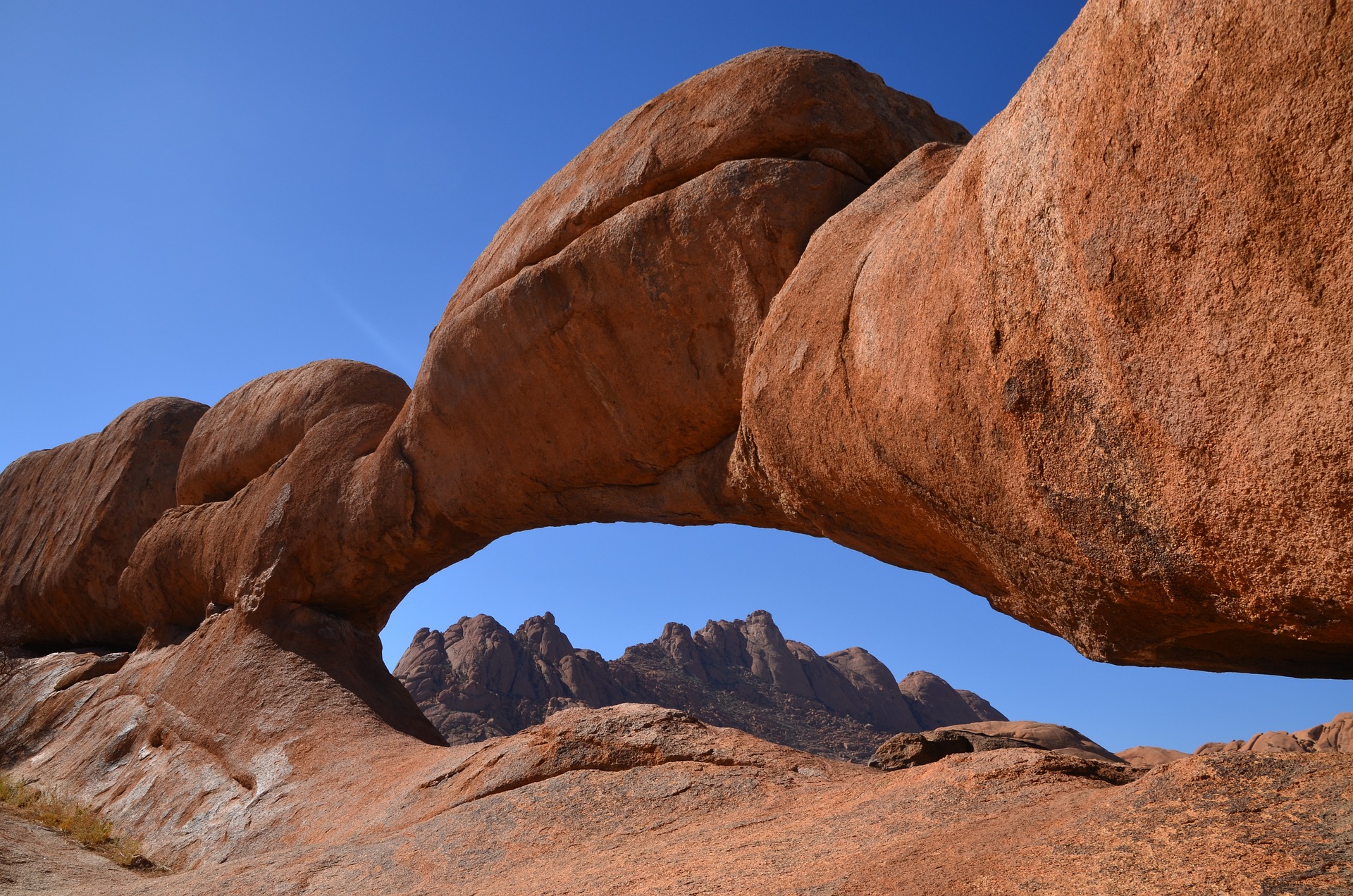
- kaokoland
Kaokoland is one of Namibia's most untouched regions, largely due to its aridity, which makes agriculture impossible. It is, like Damaraland, one of the best places to see desert elephants. Among its cultural attractions are the Himba villages, the tribe with the largest presence in this territory. The tribe is one of the most photographed and well-known, they stand out for their muddy hairstyles and their lifestyle.
At the landscape level, the Epupa Falls must be highlighted, here there are several waterfalls of the Kunene River, and the Hartmann and Marienfluss valleys, these places stand out for their fauna adapted to the desert.
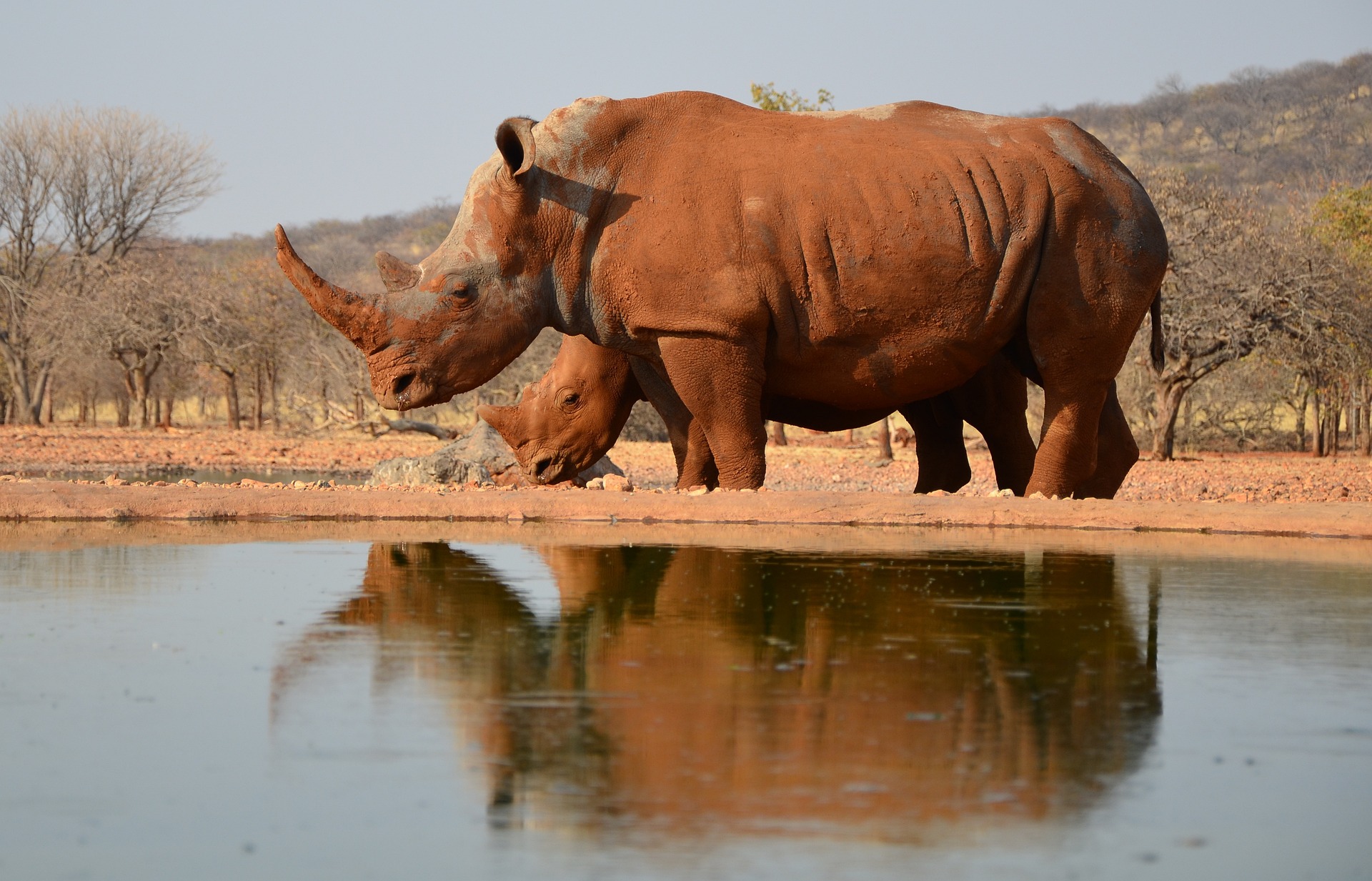
- Zambezi-Caprivi region.
This small region that comes out of the north of Namibia stands out for being a natural corridor for animals looking for the Zambezi River. This narrow strip was created by the Germans in order to get an exit to the sea through this navigable river. In this area there are many small national parks where there is the possibility of doing small safaris and enjoying a part of the country that is more "alive" than the rest of the country, more desert.
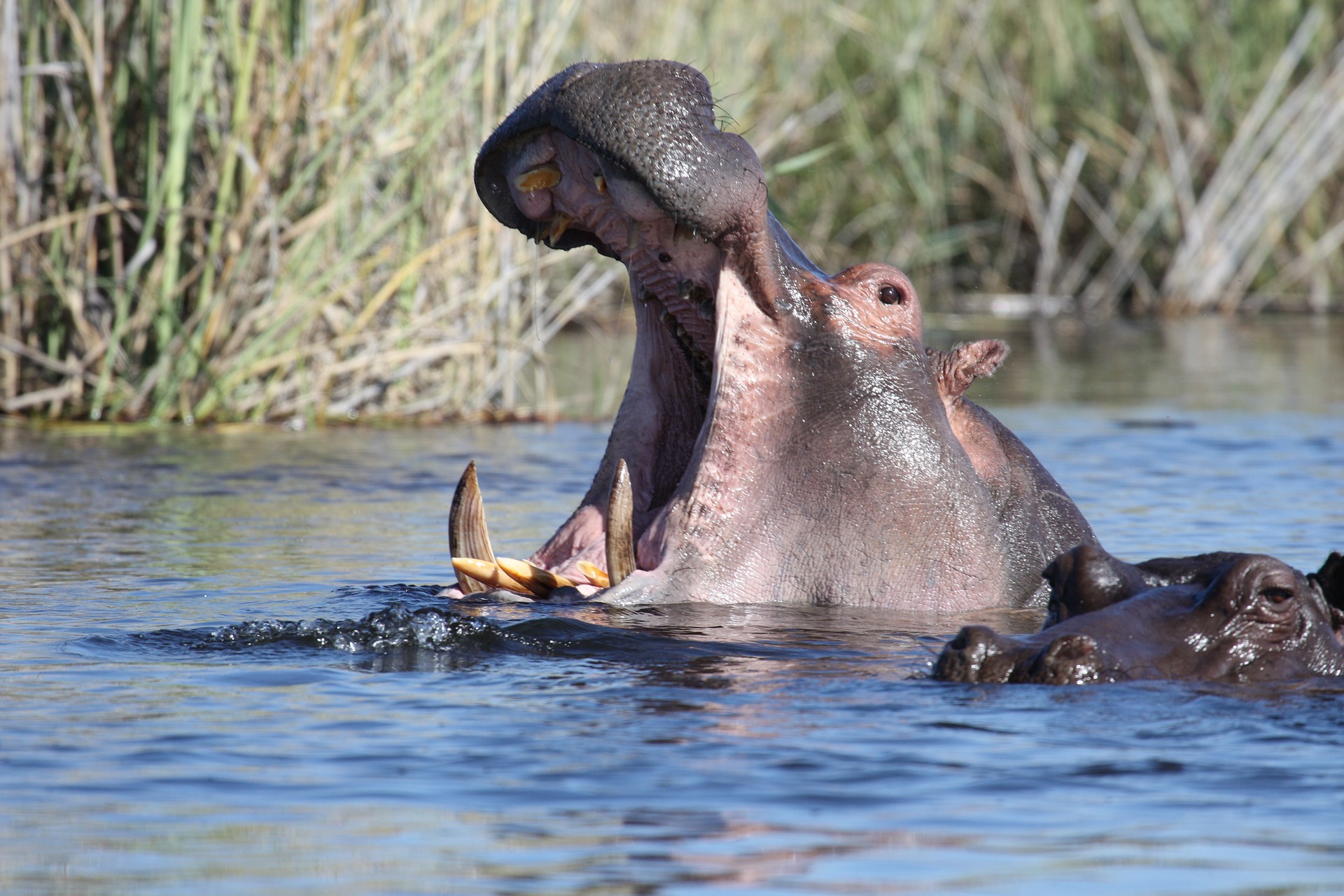
- Fish River Canyon.
Located in southern Namibia, it is the second largest canyon in the world after the Colorado Canyon. This splendid but remote place is ideal for people with an adventurous spirit. Here you can do magnificent hiking trails of a few hours or several days, but as in the whole country, if you want to camp in the open air you need guides and special permits. This canyon is a landscape masterpiece that will not leave anyone indifferent and for all those lovers of arid photography it is a special place.

- Kolsmanskop ghost mining region.
For fans of ruins and ghost towns, Kolsmanskop is an idyllic destination. This town in southern Namibia suffered a fervent diamond rush and just as quickly as fortune arrived, it disappeared. In 1908, a railroad worker discovered stones that sparkled in the sand and showed it to his superior who confirmed that they were diamonds. Faced with such a discovery, a city was created out of nowhere full of people looking for diamonds. This luxury city came to have 11% of the world's diamond production, but it did not last long. In 1928, another site was discovered in Namibia and the city was doomed to rapid depopulation. The city is managed by a local company that organizes different bus tours to this ghost town.

Tips and information for traveling to Namibia
- To be able to visit the entire country it takes almost a month. Namibia is a very large country, air connections are scarce and this means that most journeys have to be done by car.
- The country is calm and mostly safe, the biggest drawback is health security. The country has some of the best private hospitals in Africa, but being such a large and sparsely populated country, connecting to these hospitals is often a bit more complicated.
- It is a country with a lot of demand and little supply, so the trip must be planned in advance.
- The trip can be planned independently, but it is usually advisable to do it through travel agencies or specialized companies.
- The trip can be done with a guide or in a "self-drive" way. The self-drive gives a very different experience, but it is essential not to travel at night, visibility is nil and at night there is a lot of wildlife.
- There is no need for compulsory vaccinations or special visas (from Spain), but it is always important to ask at the embassies in case of possible changes or problems.
- The optimal time to travel is usually all year round. Depending on the rainy season, the experience can change, but it is also a good time to travel.
- The currency is the Namibian dollar and although in many places you can already pay by card (except American Express) cash is always recommended when traveling between major cities.
- Many languages are spoken, but the main one is English and, in certain cities, German.
- If the option is hiking with outdoor camping, a special permit must be requested.
Namibia is a fascinating country from a scenic point of view, but it is also a difficult country. It is a very large country for the small population it has and the infrastructures are not usually fully equipped. This country brings out the adventurous spirit of every traveler and you will be able to live a totally unique experience.

